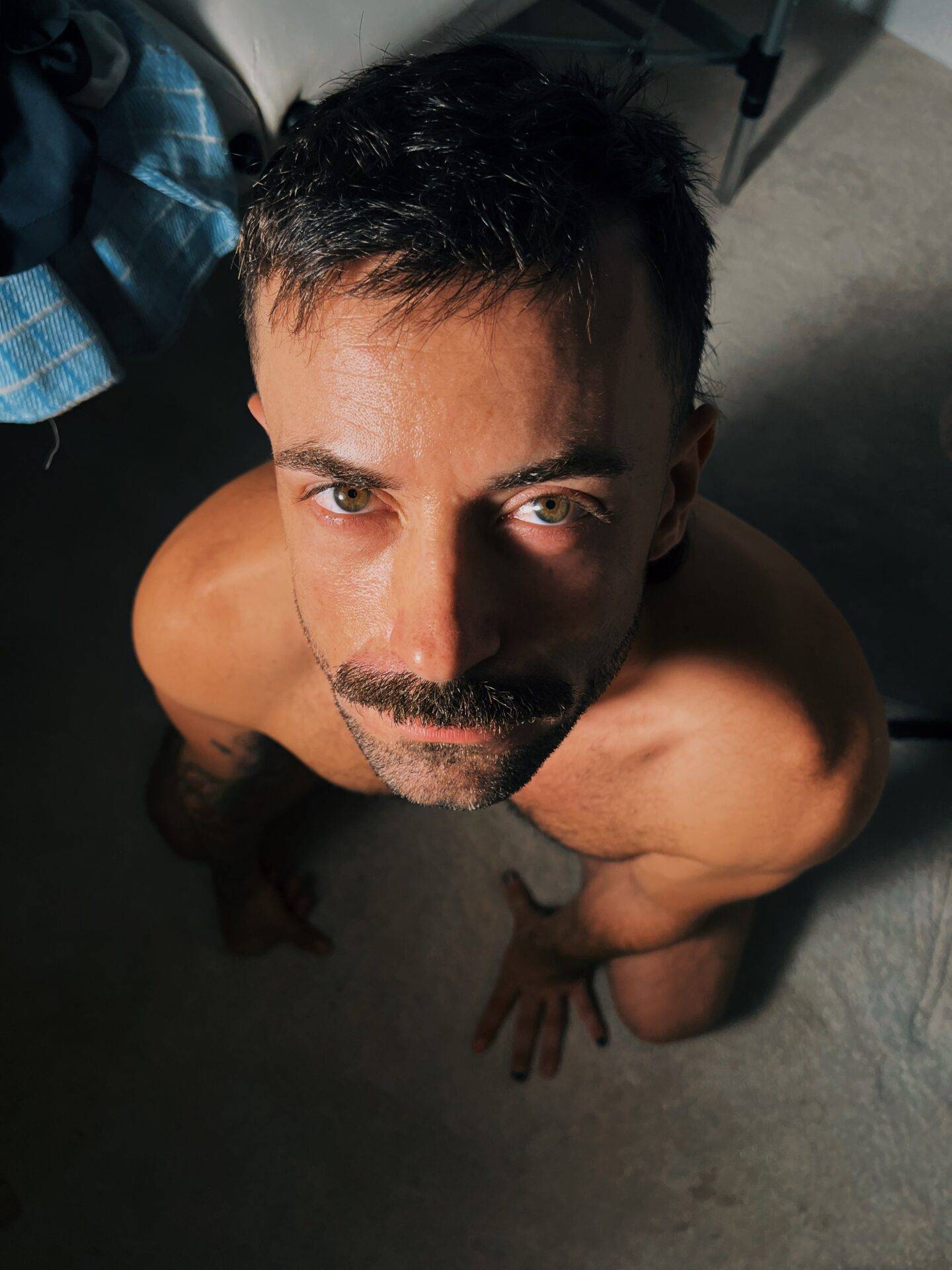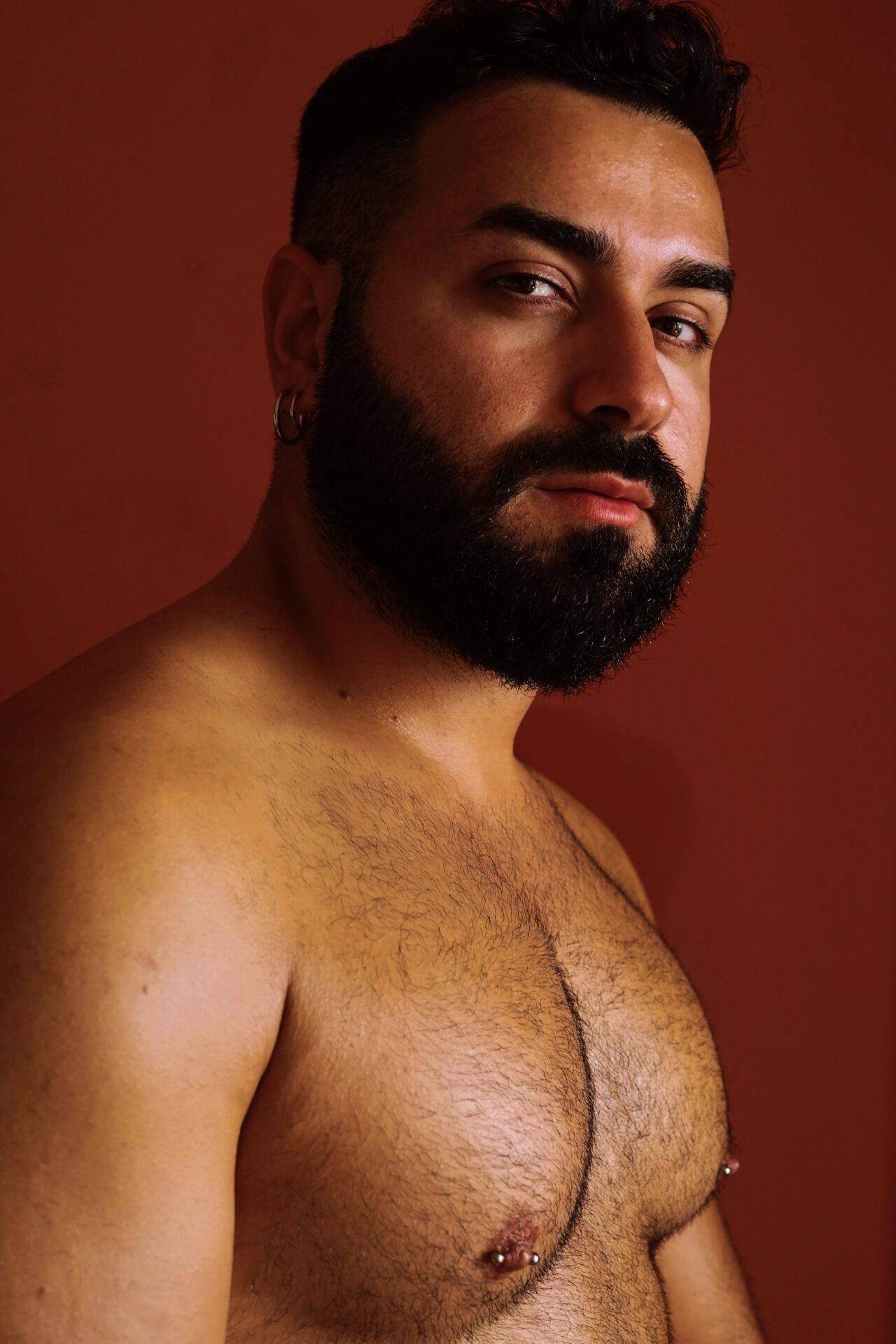



It lies in first-person voices and imagery inflected by subaltern and identity politics as well as hegemonic backlashes, visible through new media platforms. These self referenced narratives are our own testimonies, documenting shunned voices at the fringes of society. The website is a repository of photos I took over the years. A platform that enables bodies and narratives that remain censored in the mainstream. Censorship has often been the tipping point for me to question why I take the risks of sharing the private in the public domain. Self expression is deeply important for queer artists. This website was a much needed space to share content that never found its rightful place.
There is a need to challenge and change sexual attitudes. Sexuality is still managed and moderated through societal rules, regulations, norms and ideals despite increasing efforts and advocacy to protect and promote sexual rights. In a regressive world, these photos are certainly pornographic. And lie censored in the belief that pornography and art, unlike eroticism and art, are incompatible. For many queer artists, who refuse defining, love, sex and desire (or the lack of) are innate themes. The people in these photographs are not objects, but they invite the subjectivity of the subjects in the photograph and use suggestion or provocation to make a room for introspection.
Growing up South Asian, sex and sexuality has always been taboo. As a result there are no discursive spaces. This attempts to be one of the more bolder forms of expression to address sexuality. If pornography was always explicit, non-aesthetic and objectifying, then consider this pornography revisited. We resist anything that makes us uncomfortable but when we push past societal stigma, we realise sex is the norm, and talking about sex is healthy.
There are not many sources to turn to to appreciate brown bodies. Now more than ever, we need our bodies and our stories to feel represented and celebrated for their uniqueness. For instance flawless white bodies in beautiful compositions are seen as art, encouraged by being allowed to thrive on popular media, by the likes of accounts like Hoscos on Instagram. Creating greater disparities and informing popular perceptions on how bodies should be. Leaving many of us aspiring for unattainable standards of beauty, creating divides based on the color of ones skin and their physical attributes. In such an environment, we (South Asian Queers) have to fight twice as hard to be seen, let alone being seen as art. So here we fight censorship, years of bias and stigma to change and challenge how bodies are seen, consumed and desired.
New Media Platforms are sanctuaries for queer people to feel like they belong to a community, so they can escape their immediate realities. Likewise for Queer men in India, the online allows them to sexual citizenship, imagining a better life full of possibilities where they are subordinated in Indian society, living ‘private’ lives. For young men in India, online is their answer to seeking romantic and sexual relationships, and seeking information on disease prevention and reproductive health, further influence their understanding of masculinity, attitudes towards homosexuality and inform how they express themselves.
Queer individuals rely on these platforms to be heard, therefore these platforms need to acknowledge their onus of making sure they make space for these voices. Platforms like Instagram, Facebook, Tumblr, instead become tools to surveil, censor and make it harder for these voices. SkinType is a cathartic response to channel the anger of oppression towards a medium bridging social change needed for LGBT individuals to gain full acceptance and equality within Indian society.
